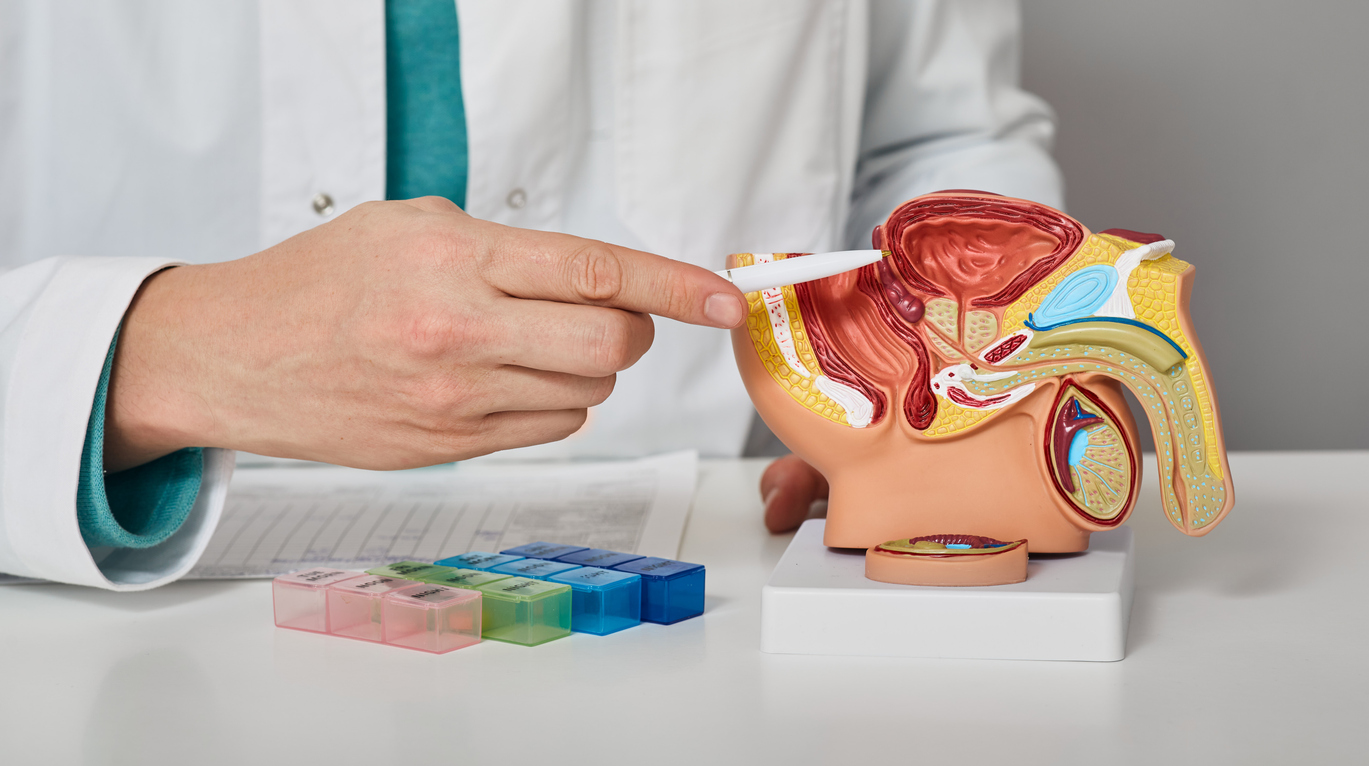2025-06-14
Erectile Dysfunction: When Cells Get Involved
Gynecology
Erectile dysfunction (ED) is a common male sexual disorder, defined as the persistent inability to achieve or maintain an erection sufficient for sexual intercourse. It affects up to 70% of men over the age of 70, with increasing prevalence linked to aging, diabetes, cardiovascular diseases, and nerve damage. ED impacts not only sexual quality of life but also mental health and social relationships.
Current treatments primarily rely on PDE5 inhibitors, such as sildenafil, which temporarily enhance erectile function by increasing blood flow. However, their efficacy is limited in patients with organic causes of ED, as these drugs do not target underlying tissue damage. Additionally, tolerance or side effects can arise with long-term use. In this context, stem cell-derived extracellular vesicles (SC-EVs) are emerging as a promising alternative. These natural nanoparticles (30–200 nm), capable of transporting miRNAs, proteins, and growth factors, target damaged tissues without triggering an immune response and promote vascular, neural, and muscular regeneration.
The objective of this study was to assess the therapeutic efficacy of SC-EVs in animal models of ED, especially those induced by diabetes, in order to explore their translational potential to clinical settings.
Could regeneration rely on nanovesicles?
Twenty studies involving 324 rats with ED (due to diabetes, nerve injury, or aging) were selected. The SC-EVs analyzed came from various sources: mesenchymal stem cells (MSCs), adipose-derived stem cells (ADSCs), urine-derived stem cells (USCs), pericytes (PCs), among others.
Results showed a significant improvement in erectile function after SC-EV treatment, with a strong overall effect on the intracavernosal pressure/mean arterial pressure (ICP/MAP) ratio. SC-EVs also enhanced the expression of NO synthase isoforms (nNOS and eNOS), increased smooth muscle content (α-SMA), and improved the smooth muscle/collagen ratio in the corpus cavernosum—indicating deep structural restoration. Subgroup analyses revealed no significant differences between cell types (MSC vs ADSC) or pathological models (diabetes vs cavernous nerve injury), suggesting a broad and robust therapeutic effect. Although publication bias was detected, it was corrected using the trim-and-fill method, which did not significantly alter the overall findings.
A nanometric revolution?
ED is often rooted in vascular, neural, and muscular damage that traditional treatments fail to adequately address. This study aimed to evaluate whether SC-EVs, with their regenerative potential, could offer a more durable solution. The findings confirm that SC-EVs operate through multiple biological mechanisms: activation of the NO/cGMP pathway, oxidative stress reduction (via miR-337-3p), anti-fibrotic modulation, neural regeneration (NGF, NT-3), and endothelial function enhancement. Their natural bioavailability, low immunogenicity, and precise tissue targeting make them ideal candidates for precision medicine in andrology.
However, the study has several limitations warranting further research. Included studies were small in size, had short follow-up durations (2 to 8 weeks), and displayed methodological heterogeneity (cell types, doses, animal models). Moreover, the exact mechanisms of SC-EVs remain partially unexplained. Large-scale clinical trials are thus essential to validate these results, standardize EV production (under GMP conditions), and define reproducible administration protocols.
Read next: Testosterone Replacement Therapy in Sexual Dysfunction

Last press reviews
Does smoking during pregnancy protect against type 1 diabetes?

By Ana Espino | Published on November 24, 2025 | 3 min read<br>...
Digital rectal exam in prostate cancer screening: time to rethink its role?

By Carolina Lima | Published on November 20, 2025 | 3 min read<br>
Prostate cancer: could physical exercise be the key to regaining an active sexual life?

By Lila Rouland | Published on November 21, 2025 | 3 min read<br>...